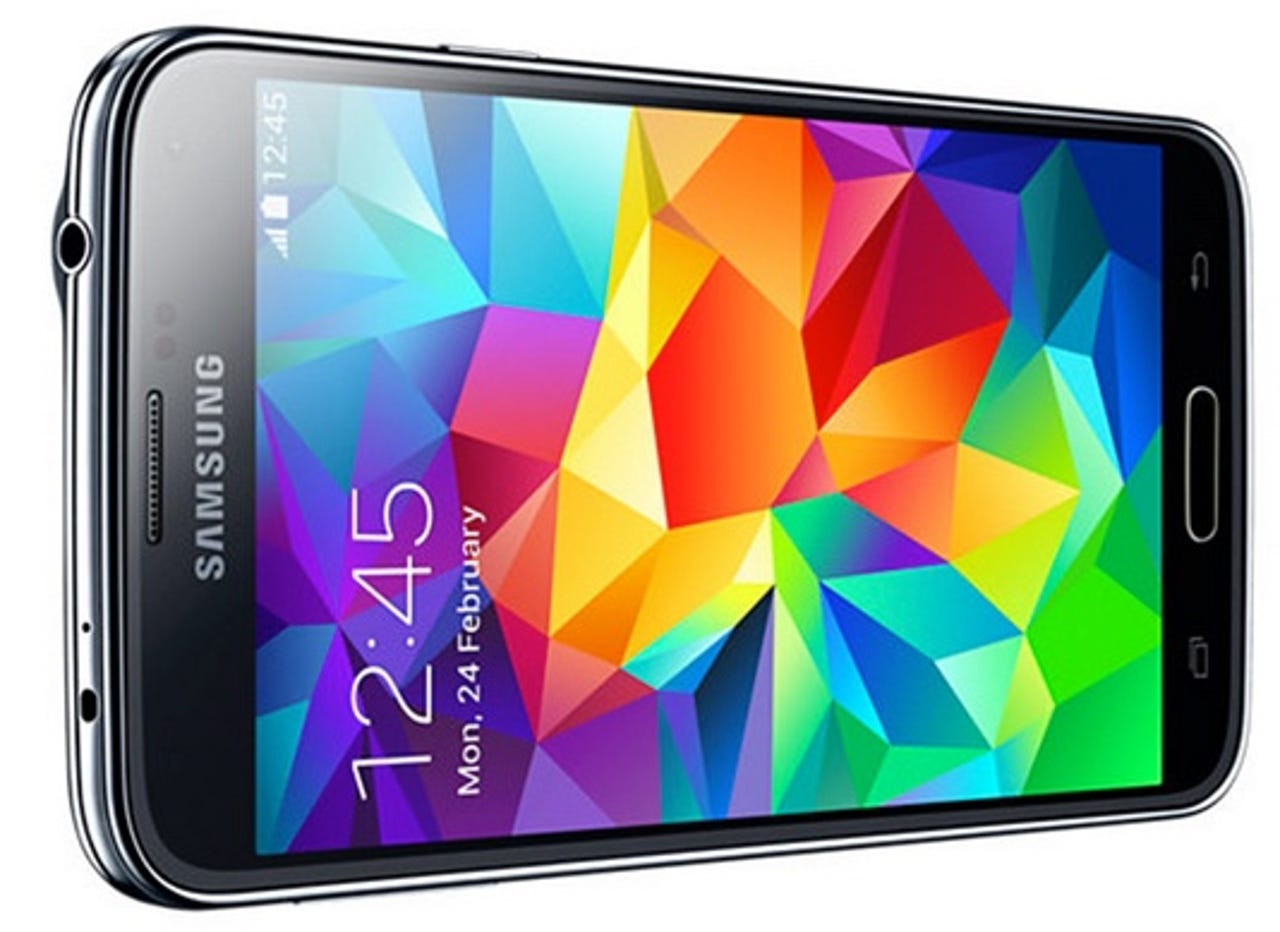Five challenges facing Android in 2015


Introduction
While Android isn't a company like Apple or Microsoft, it is the most popular mobile platform out there, easily trumping iOS in terms of popularity. But the platform is under pressure, not only from Apple, but from other players such as Microsoft, as well as external challenges such as malware.
Here are five challenges that Android is going to face going into the New Year.
See also:
Five challenges facing Microsoft in 2015
Five challenges facing Apple in 2015
Updates and security
Earlier this year I wrote that Android fragmentation was turning the platform into a 'toxic hellstew of vulnerabilities." Nothing much has changed.
One of the problems that has allowed this hellstew to build up is the fact that many Android devices never see an update. Too many – hundreds of millions – Android devices are cut off from receiving vital system updates because those updates have to go through both the hardware makers and the carriers. The only way to guarantee receiving updates is to take the Nexus route, but these unlocked devices don't enjoy a carrier subsidy, and as such have an eye-watering price tag.
Something has to change. Either Google needs to get the hardware makers and carriers to streamline the update process or Google needs to take security updates out of their hands and deliver them direct to users.
Differentiation
Each year dozens of new Android smartphones and tablets are released, but have you noticed how there's little to differentiate between them? It feels like the PC market back in the early 2000s.
The devices look the same, feel the same, and essentially work the same. What differentiation there is mostly comes down to gimmicks – the pseudo-3D display on Amazon's Fire Phone comes to mind – that the market never asked for.
Wearables
Wearables are set to explode in 2015, and this is an area where Android has potential to shine. But Android Wear devices that I've seen so far feel more like a tiny second screen for a smartphone rather than a device that offers something new or different.
And this is going to get worse.
What I predict will happen over 2015 is that Android hardware makers will flood the market with devices that are identical except for some styling and the brand name, and then there will be a price war that will stifle innovation further. All of which will result in wearables that fail to innovate because there won't be room in the market to support that.
Oh, and security needs to be bolstered, because it is seriously weak.
None of this bodes well for Android-powered wearables in 2015.
Losing the enterprise battle
With Apple and IBM announcing an alliance to put Apple mobile products with IBM software into the enterprise, this leaves Android in a position where it's being dealt out of the game. Sure, this is also bad news for Microsoft's mobile ambitions too, but Android is the platform taking the biggest hit from this.
Google needs to have a serious think about how this alliance came about, and how its mobile platform got left behind.
Android users don't want to spend money
iOS owners spend four times more than their Android counterparts do. There are a number of reasons why:
- Android is dominant in low-income territories.
- Users don't have credit cards and Google has been slow to adopt carrier billing.
- Android handsets are cheaper than iPhones, and so people who are willing spend more choose iPhone.
- Apple is offering something that users want and, as a result, users are willing to spend more.
- Developers are attracted to iOS because of increased revenue, and this means there's less for Android users to spend money on.
The bottom line is that Android users aren't as loose with the dollars as Apple users are. And this is a problem for Android as it tries to expand into new areas such as wearables and home automation.